When 75 Feels Like 100 - The Trouble with Percentages in Weight Training
One of the most important considerations in designing a training program is the moderation of intensity. One of the ways by which we do this, especially in weight training, is by prescribing percentages (generally of a one-rep-maximum).
A one-rep-max (or 1-RM), is the most weight of a particular exercise that an individual can perform for one repetition. We use this number in training as a reference point for establishing desired training. For example, if your 1-RM Deadlift is 100 kgs, and we prescribe 5 sets of 5 reps @75% of your 1-RM, that means that you’ll perform all of your sets of 5 at 75 kgs.
I often tell my classes to use percentage prescriptions as “strong suggestions” (pun intended). Always factor in how the movement feels for you (on that day) when choosing loads for resistance exercises, as opposed to forcing something that’s not there. One of the reasons that I says this, and one of several issues that arises when prescribing percentage work to groups is this: 75% of a 1-RM for some people may translate to an easy set of 5; for others, 5 reps at this weight may actually be impossible!
This difference between how individuals perform at relative percentages is determined by one’s neuromuscular efficiency (or NME). According to the National Academy of Sports Medicine, neuromuscular efficiency refers to the ability of the nervous system to properly recruit the correct muscles to produce and reduce force as well as dynamically stabilize the body's structure in all three planes of motion.
This means that, while someone may have strong muscles, their ability to use those muscles in a single, concerted effort may be limited by their brain’s capacity to coordinate all of this movement.
In assessing an athlete’s NME, we often use something called the 85% Test. First, we have the person build to a 1-RM in a compound movement (I generally use the Back Squat for lower body, and the Bench Press for upper body testing). They will continue performing one rep of the movement, at increasing weights, until they can no longer successor complete the lift.
Once a 1-RM is established, we take a 5-minute rest period, then load the bar with 85% of that 1-RM weight (ie., if your Back Squat was found to be 300lbs, we will load the bar with 255 lbs.). We then have the person perform as many reps as possible at that load, and record the results. In order to keep the test consistent, we limit the pause at the top of each rep to 2 seconds.
IN GENERAL, we find an inverse relationship between the number of reps performed here, and the individual’s NME.
Now, it’s important to note that the goal here is to perform as many reps as possible, and to give a full, 100% effort. There is no good or bad here, and to think that sandbagging the test in order to make your NME seem higher is like botching an eye test to get prescribed glasses because you think they look cool; in both cases, an accurate assessment is crucial in finding an appropriate prescription
From person to person, we can see huge variations in the results of the 85% test. While some people can only perform 2 or 3 reps of their 1-RM (meaning they show a very high NME), I’ve seen people perform as many as 15 reps OR MORE, especially on the upper body test. These variations generally correlate with a number of factors, including training age (how long you’ve been training the movement), biological age, and gender, to name a few.
If you want to perform this test on yourself, be sure to use a movement that you can safely and accurately test for a 1-RM (ie., if you cannot squat to full depth, or feel pain when you squat, do not use this movement). Also, we only use this test for the “slow” lifts (Squat, Press, Deadlift), and not with Olympic lifts (Snatch or Clean), due to a number of factors, but mainly because of how varying skill levels affect the test.
Having insight into your (or your athlete’s) neuromuscular efficiency can guide how you train strength movements, and how to prescribe percentages. In Part 2 of this post, we’ll look at how to do effectively for different individuals (and for achieving different goals).


